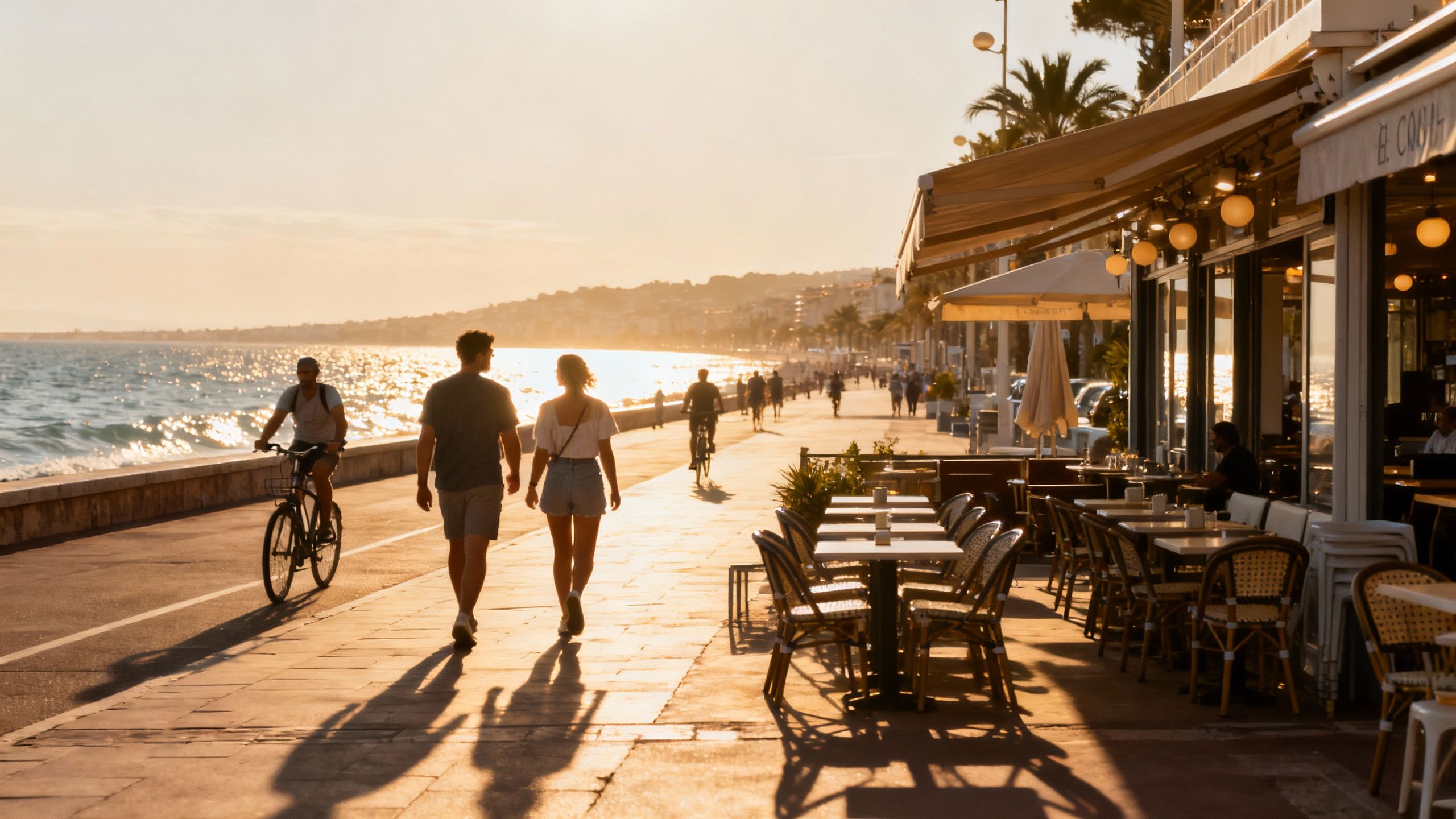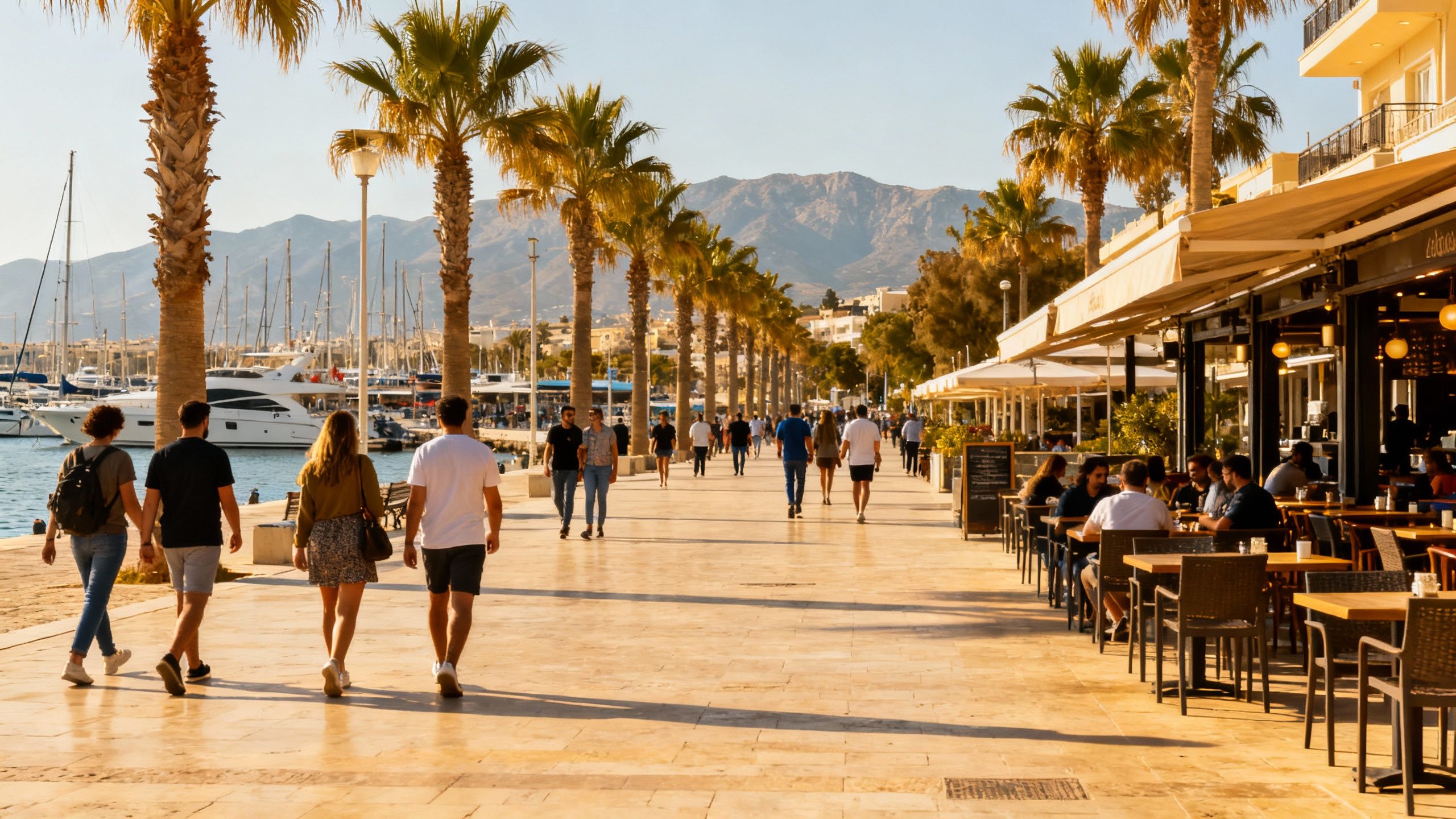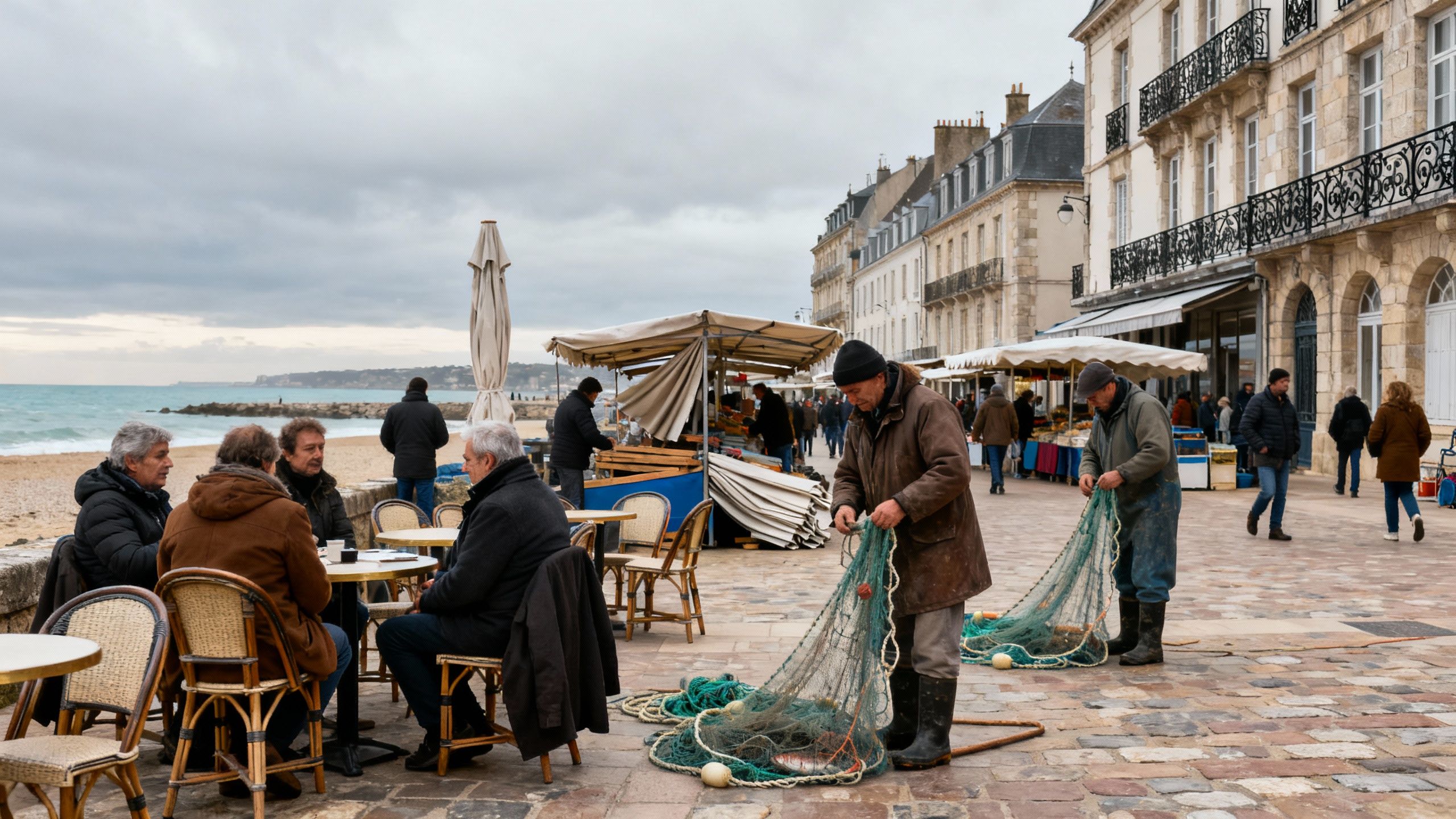When Coastal Croatia Is Cheaper Than It Looks
Coastal headlines hide regional bargains: learn where Croatia’s price momentum matters, which neighbourhoods deliver year‑round life, and how data turns romance into sound offers.
Imagine sipping espresso at 08:30 on Split’s Riva while fishermen unload fresh sardines and a family walks past with bicycles — that easy Adriatic rhythm is why people fall for Croatia. But the romance collides with headlines: “coastal prices skyrocket,” “islands unaffordable.” That tension matters: lifestyle dreams hinge on timing, location and a sharp read of regional price trends. This piece looks beyond the headlines to show where the market still surprises buyers — and how to translate lifestyle priorities into informed offers.
Living Croatia: rhythms, neighbourhoods and tastes
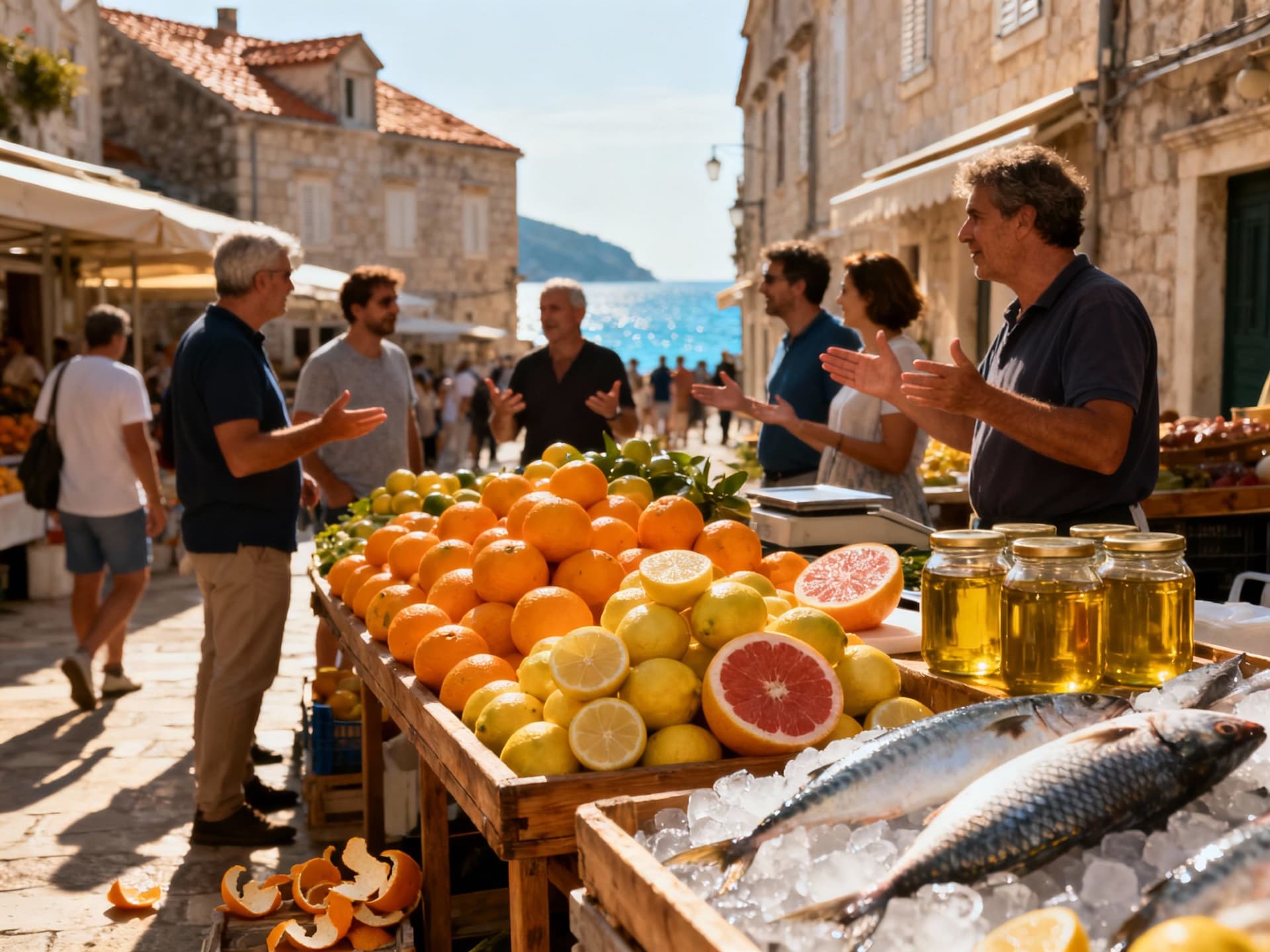
Croatia’s lifestyle is shaped by a strong seasonal heartbeat that’s getting softer: recent tourism growth shows more pre- and post-season travel, stretching activity into spring and autumn. Weekdays in Zagreb feel urban and efficient; along the Dalmatian coast the tempo is maritime and social, with cafes, small markets, and family-run konobas defining routines. For buyers, this means the lived-in feel you see in August is only part of the story — many towns come alive again in May and October, and that affects rental seasonality and neighbourhood character.
Dalmatian coast: Split, Trogir and island pockets
Stroll Split’s Varoš or Trogir’s stone lanes and you feel the draw: historic fabric, seaside promenades and restaurants that open by noon. Yet price movement here has been uneven — city cores and island towns have seen strong demand and sharper rises, while nearby villages offer bargains. If you prize daily cafe culture and walking access to markets, central Split commands a premium; if you prefer quiet mornings and a short drive to the sea, suburbs and nearby islands can deliver the same lifestyle for less.
Istria & Kvarner: food, wine and steadier appreciation
Istria’s lifestyle sells itself to people who love truffles, coastal biking routes and a cross‑border feel toward Italy and Slovenia. Prices here have been higher historically, but appreciation is steadier and less season-dependent than in party-heavy Dalmatia. That steadiness suits buyers seeking long-term rental stability or retirement life where year-round services and gastronomy matter as much as summer sun.
- Lifestyle highlights to scout in person
• Morning espresso on Split’s Riva; evening seafood in Veli Varoš • Sunday market at Dolac in Zagreb for produce and neighbourhood gossip • Rovinj’s hilltop lanes and Istrian wine bars for slow afternoons • Quiet harbours on Brač and Vis for island life without crowds • Kvarner promenades and Rijeka cultural festivals outside the peak months
Making the move: how price data meets lifestyle choices
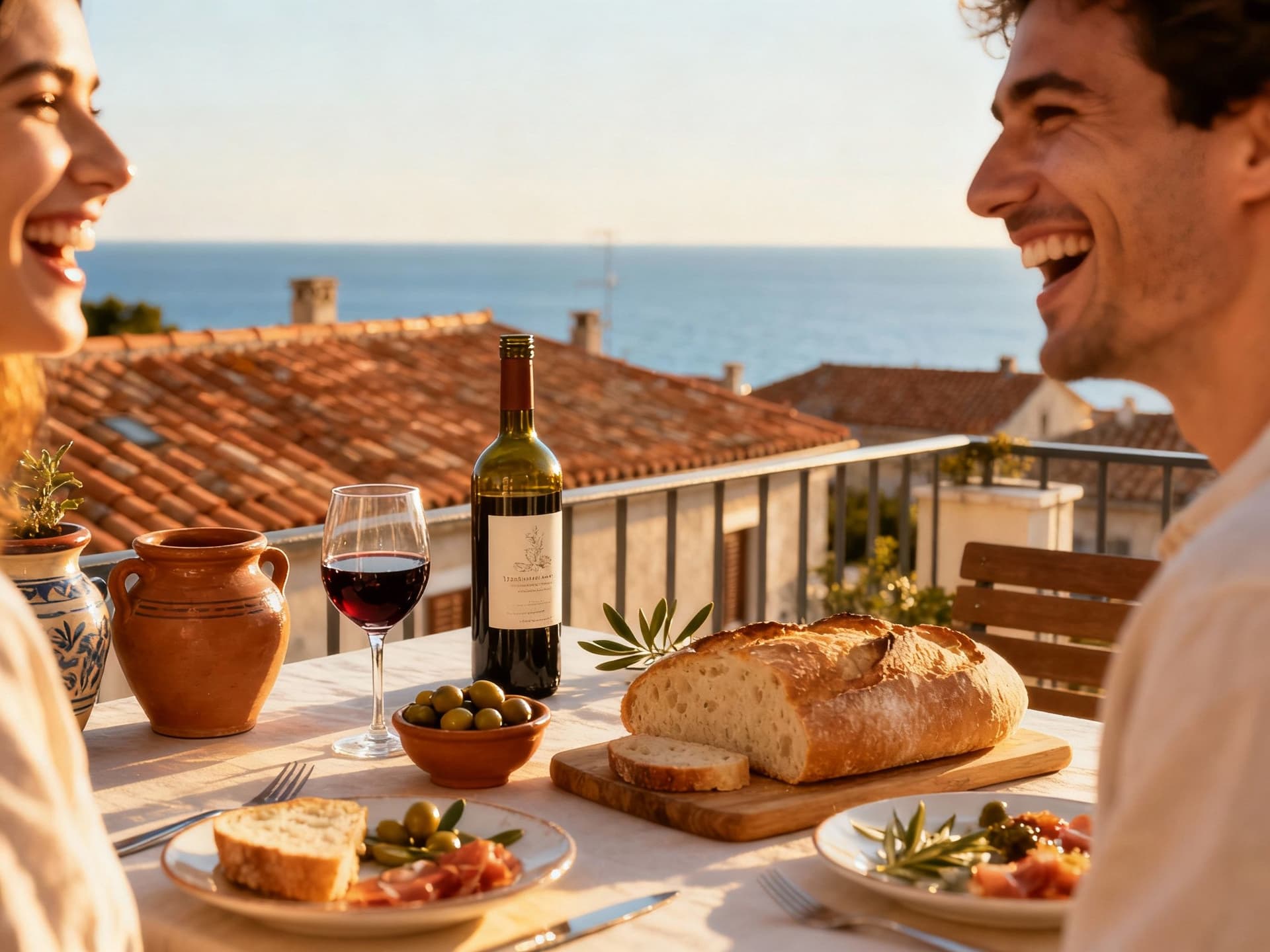
National house price indices show Croatia has experienced material gains in recent years, but averages hide regional gaps. A BIS‑based house price index climbed notably through Q1 2025, driven by coastal demand and constrained supply. For international buyers that means two practical rules: pick regions that match the life you want, and translate national averages into local comps before setting expectations on price per square metre.
Property styles and what they actually deliver
Stone townhouses in Rovinj and Split’s seafront apartments offer immediate lifestyle payoff — walkability, terraces and historic charm — but they often cost a premium per m². New builds on the urban fringe or inland houses deliver space and modern systems at lower per‑m² cost, usually requiring a car. Match property type to daily life: if you value steps to cafes, budget for premium locations; if you prefer garden mornings and longer-term tranquillity, inland coastal hinterlands reward patience.
- How local experts help you translate lifestyle into offers
1. Local agents identify micro‑price differences between streets and show comparable sales so you don’t overpay for view or proximity. 2. Lawyers and notaries validate titles and zoning — vital in older stone towns where cadastral records can be fragmented. 3. Property managers estimate realistic off‑season occupancy and maintenance costs so your life and finances align. 4. Valuers and mortgage advisers calibrate financing against true transaction prices, not asking prices.
Insider knowledge: red flags, seasonal traps and contrarian plays
Three insights expats wish they’d had: don’t chase August illusions; check transaction volumes not just asking prices; and watch policy shifts. Croatia’s tourism growth extends the season, but local political moves — like recent proposals to shift tax burdens to property to address housing shortages — can change holding costs. That makes contrarian plays attractive: buy in high‑quality inland villages near the coast where prices lag but the lifestyle and access are close enough to enjoy year‑round.
Expat truth: what a year living there will really teach you
Six months in Croatia rewires expectations: restaurants open later, family ties matter, and markets define the week. You’ll learn which streets flood with tourists and which host the best winter neighbourhood life. That knowledge turns subjective preferences into measurable priorities — proximity to a market, a doctor, or a ferry becomes as important as a sea view when assessing value.
Conclusion: Croatia offers both romance and sensible opportunities if you let data shape the dream. Start with where you want to live day‑to‑day, then ask an agent for true transaction comps, a lawyer for title checks, and a property manager for realistic occupancy projections. The result is a purchase that buys the life you pictured on a morning promenade — not just the image of it.
British investor turned advisor after buying in Costa del Sol since 2012. Specializes in cross-border compliance and data-driven investment strategies for UK buyers.
